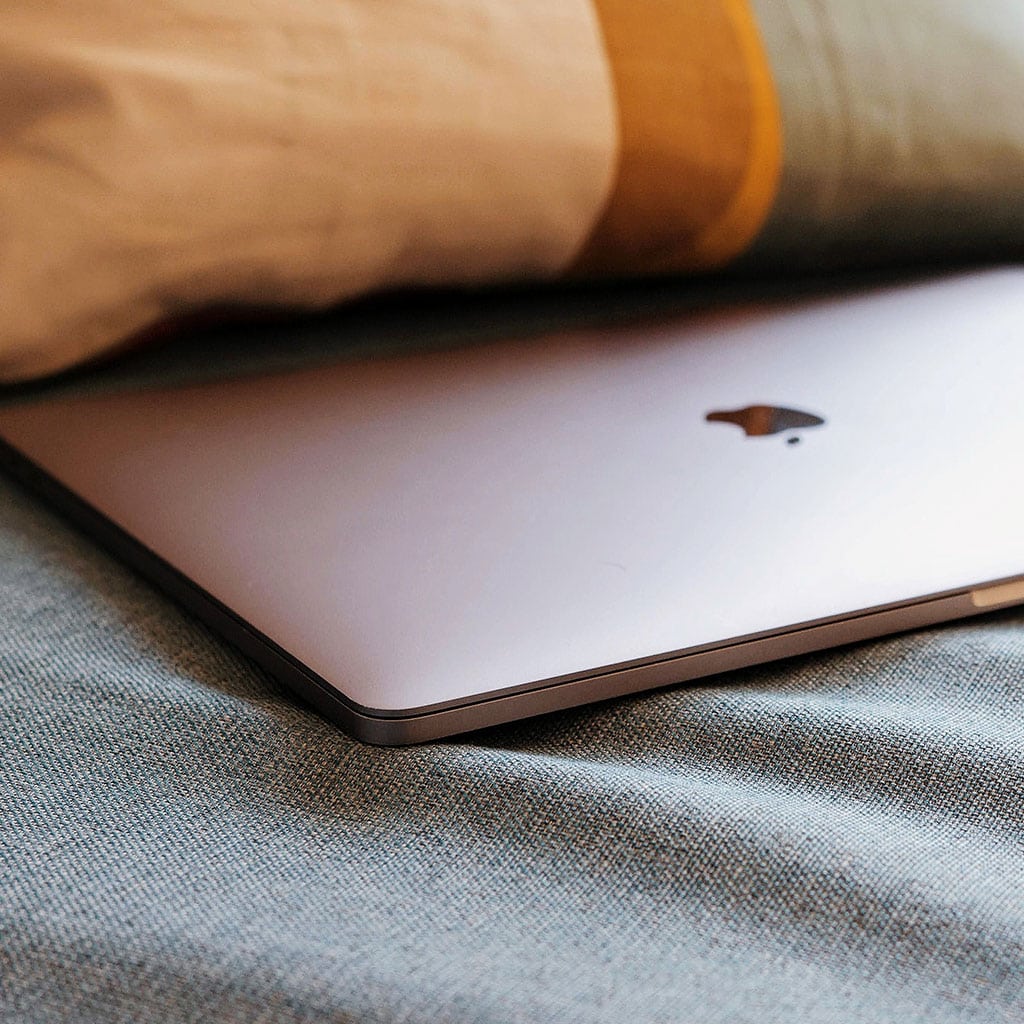Can you charge a MacBook with another MacBook
Can you charge a MacBook with another MacBook
Many MacBook users wonder if it’s possible to charge one MacBook with another, especially in situations where a power outlet may not be readily available. This article explores the feasibility and practicality of using one MacBook to charge another, shedding light on the potential benefits and limitations of this unconventional charging method.
Can you power up a MacBook using the magical powers of another MacBook?
Charging one MacBook with another MacBook, a process known as “daisy chaining,” is theoretically possible, but it’s not a practical or recommended solution for several reasons.
- Power Output Limitations: MacBook models are designed to draw power from a power source, not to act as power sources themselves. While a MacBook’s battery can supply power to connected devices like iPhones or iPads, it isn’t designed to deliver the high wattage required to charge another MacBook. The power output from a USB-C port on a MacBook is typically not sufficient to effectively charge another MacBook.
- Potential for Damage: Attempting to daisy chain MacBooks for charging can potentially lead to overheating and damage to the internal components. The internal circuits and battery management systems are not designed to handle this kind of power transfer.
- Charging Inefficiency: Even if you were to connect two MacBooks using USB-C cables, it’s highly unlikely that the charging MacBook would provide a significant charge to the other MacBook. The power draw of a MacBook is usually much higher than the power output it can provide through its USB-C ports.
- Alternative Charging Solutions: If you find yourself in a situation without access to a power outlet, it’s better to rely on alternative power sources such as portable power banks designed for laptops or, ideally, finding an electrical outlet to charge your MacBook properly.
Given these reasons, it’s strongly advised to use conventional charging methods, such as the original charger or other Apple-approved charging solutions, to power your MacBook. Attempting to use one MacBook to charge another not only risks potential damage to the devices but is also an inefficient and ineffective charging method.
What is the Power Output Capability of a MacBook’s USB-C Ports?
The power output capability of a MacBook’s USB-C ports varies depending on the specific model and generation. Generally, MacBook models equipped with USB-C ports are designed to provide power outputs that can range from 15 watts (W) to 100W. This output capacity is influenced by the laptop’s intended use, as well as its battery life. For example, the MacBook Air is known for its sleek design and portability and typically provides around 15W through its USB-C ports, which can help charge the laptop and power some accessories.
On the other hand, the MacBook Pro models, especially the ones with more powerful hardware and larger batteries, tend to feature USB-C ports capable of higher power outputs, often around 60W or 87W. These ports can not only charge the MacBook itself but also support powering various USB-C peripherals and even external displays. Users are encouraged to use the official Apple USB-C power adapter and a compatible USB-C cable to ensure optimal charging performance, as using third-party or subpar cables can lead to slower charging rates or potentially damage the laptop’s battery. When a MacBook is connected to a charger via a USB-C cable, it’s essential to ensure the cable and charger are genuine, compatible, and in good condition to avoid potential issues and to maximize the efficiency of the charging process.
What Are Some Alternative Methods for Charging a MacBook Without a Power Outlet?
When you’re in a situation without access to a power outlet, there are several alternative methods to charge your MacBook. One option is to use an external power bank equipped with a USB-C port. These power banks are designed to provide extra battery life to devices like laptops, and they can be a lifesaver in situations where a traditional power source is unavailable. Make sure to select a power bank with a USB-C port and an adequate power output capacity to effectively charge your MacBook.
Another method is to utilize a car charger with a USB-C port. These chargers plug into your vehicle’s cigarette lighter or USB port and can provide power to your MacBook while you’re on the go. It’s important to use a car charger that’s specifically designed for laptops and has the proper power output to ensure efficient charging. Additionally, some modern airplanes are equipped with USB ports, so you might be able to charge your MacBook during a flight using an appropriate USB-C cable. Always check with the airline beforehand to confirm if this option is available on your specific flight.
Are there any safety precautions when charging a MacBook with another MacBook?
When attempting to charge a MacBook with another MacBook, there are several safety considerations to keep in mind. Firstly, ensure that both MacBooks are equipped with USB-C ports, as this is the most effective way to transfer power between the devices. Additionally, make sure that the USB-C cable you’re using is of high quality and designed to handle power transfer. Using a low-quality or damaged cable could result in inefficient charging or potential damage to the batteries.
Moreover, it’s important to be mindful of the battery life of the MacBook you’re using as the power source. If the source MacBook has a low battery, it may not be able to provide a sufficient charge to the target MacBook. This could potentially lead to both devices draining their batteries. Additionally, always monitor the charging process and disconnect the cables if you notice any unusual behavior or signs of overheating. Finally, while it’s possible to charge a MacBook with another MacBook, it’s generally recommended to rely on a dedicated power source like a wall outlet or a compatible power bank to ensure a safe and efficient charging process.





You must be logged in to post a comment.